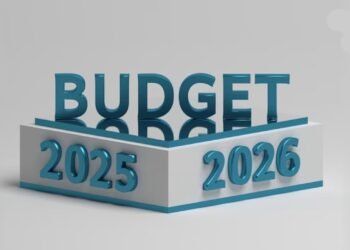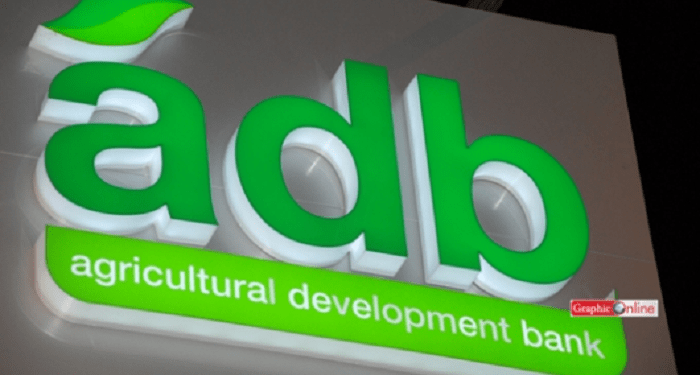Ghana’s banking sector appears to be turning a corner after years of asset quality challenges and high non-performing loans (NPLs).
According to the latestBank of Ghana Domestic Money Banks Income Statementfor August 2025, banks wrote off GH¢1.05 billion as bad debt during the first eight months of the year — a 46% decline compared to GH¢1.95 billion recorded in the same period in 2024.
The central bank’s report attributes the significant improvement to enhanced risk management practices, improved loan recovery efforts, and the positive impact of a stronger Ghana cedi. This development signals a steady rebound in the financial sector, which has been recovering from the aftershocks of the Domestic Debt Exchange Programme (DDEP) and pandemic-related credit stress.
Improved Asset Quality Across All Sectors
TheBank of Ghanareport highlights a broad-based improvement in asset quality across all economic sectors. The industry’s NPL ratio declined sharply from 24.3% in August 2024 to 20.8% in August 2025, marking one of the most notable recoveries in recent years.
When adjusted for the fully provisioned loan loss category, the NPL ratio dropped even further from 10.6% to 6.8% suggesting that banks have made significant progress in cleaning up their loan books.
“The improvement in asset quality was broad-based with a decrease in non-performing loans (NPLs) in all economic sectors. This led to a decrease in the NPL ratio for the banking industry,”the Bank of Ghana stated.
This contraction in the NPL stock, combined with growth in total loans, demonstrates renewed lending confidence among banks. The central bank noted that total loans grew 10.0% year-on-year, while the NPL stock contracted by 6.1%, falling from GH¢21.1 billion in August 2024 to GH¢19.8 billion in August 2025.
Loan Write-Offs and Cedi Strength Drive Recovery
The report further indicated that the decline in bad loans was partly driven by an increase in write-offs and the appreciation of the Ghana cedi over the review period. The cedi’s relative stability helped reduce the value of foreign currency-denominated NPLs when converted into local currency, supporting a healthier banking balance sheet.
Analysts say this combination of prudent loan write-offs, currency stability, and improved credit risk assessments has boosted investor and depositor confidence. For an industry that faced heavy impairment losses and liquidity constraints in the years following the financial sector cleanup, this trend is a welcome relief.
Financial experts believe that sustained macroeconomic stability and adherence to sound credit practices will be key to maintaining the current momentum in asset quality improvement.
Private Sector Still Leads in Non-Performing Loans
Despite the industry-wide improvement, the private sector continues to dominate the NPL. As of August 2025, the private sector accounted for 97.4% of the industry’s NPLs, up slightly from 96.0% recorded a year earlier.
The public sector, on the other hand, saw its share of NPLs decline to 2.6%, reflecting lower exposure and relatively improved repayment performance on government-related loans.
The private sector’s dominance in bad loans underscores ongoing challenges in small business credit risk, particularly among micro, small, and medium enterprises (MSMEs), which remain highly vulnerable to market fluctuations and operational inefficiencies.
Financial analysts suggest that while banks have improved their credit evaluation systems, there is still a need for targeted policy interventions and credit guarantee schemes to support SMEs and reduce default risks.
Interest Expenses Climb Despite Gains
While asset quality improved, banks’ interest expenses surged by 20.9% year-on-year, reaching GH¢10.11 billion by the end of August 2025. This reflects the higher cost of funds in the money market amid competitive interest rate dynamics.
The increase in interest expenses also points to the growing pressure on banks’ profit margins despite lower loan losses. However, improved asset quality and a reduction in bad loans may offset some of these cost pressures over the medium term, enhancing overall profitability.
The Bank of Ghana’s continued prudential oversight and reforms appear to be yielding results. Through initiatives such as enhanced credit risk monitoring, stringent provisioning requirements, and improved supervisory frameworks, the central bank has strengthened the resilience of the banking system.
The decline in bad debts and NPL ratios suggests that banks are becoming more cautious in extending credit and more aggressive in recovering defaulted loans. Moreover, the banking sector’s overall stability is expected to improve further if the macroeconomic environment remains supportive, inflation continues to decline, and monetary policy becomes more accommodative.
The Ghanaian banking industry seems poised for a more stable growth trajectory. With bad debts on the decline, loan books expanding, and credit risk moderating, banks are gradually rebuilding confidence among borrowers and investors alike.
However, challenges remain. The elevated cost of funds, lingering credit risks in the private sector, and the need for more inclusive financing for SMEs continue to test the industry’s resilience.
Nonetheless, the overall picture is encouraging as the sector is more disciplined, better regulated, and financially stronger than it was a few years ago.
READ ALSO:T-Bill Yields See Mixed Signals as GH¢2 Billion Shortfall Rocks Money Market























